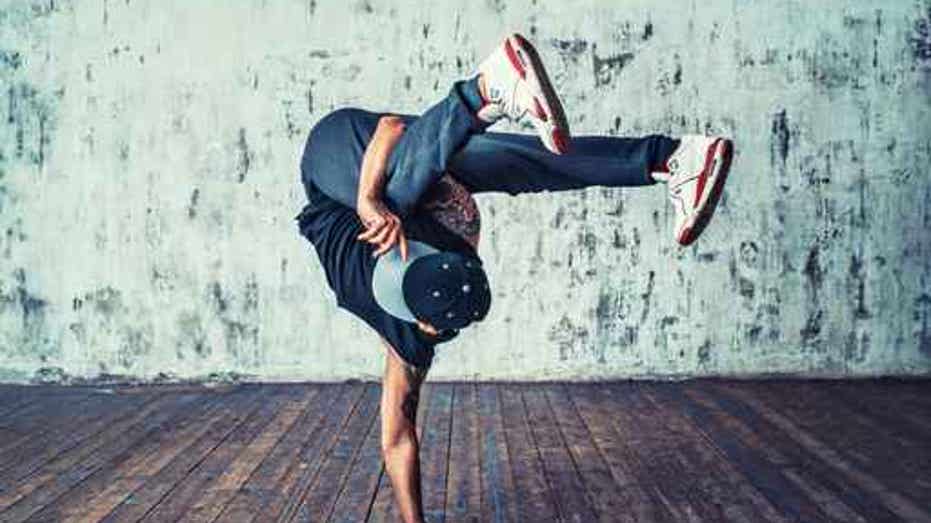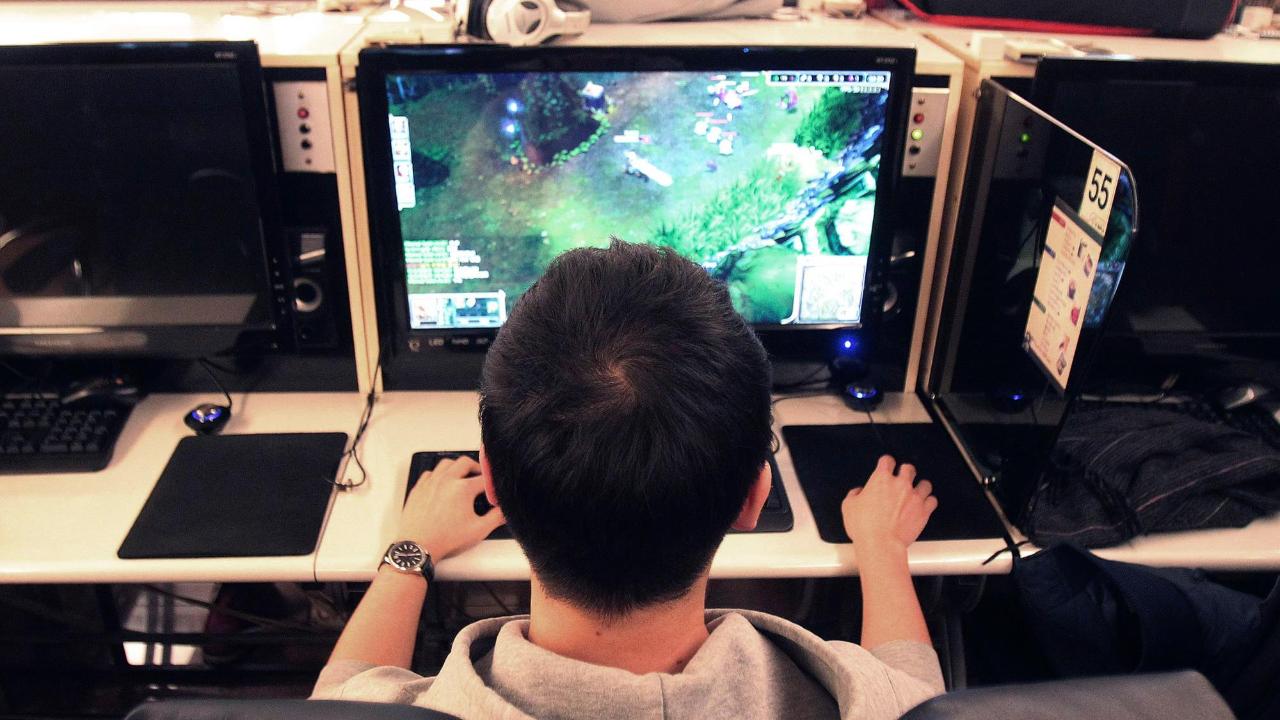Breaking's journey from street dance to Olympic hopeful
It was 1977 when Richard Colon’s life changed forever.
“I went to what was considered a park jam on Crotona Avenue in the Bronx,” he said. “This was before the whole scene was called hip-hop. There was a DJ. There were graffiti writers. There were b-boys, b-girls and emcees on the microphone. I was just blown away by the energy and competitive nature of what was going on. I had no idea how to dance. I tried to do something that was expressive for the first time. Although my first love was boxing and baseball, I fell in love with the scene.”
What Colon witnessed was breaking, or breakdancing, as it’s commonly labeled.
The style of dance originated from the streets of the Bronx, New York in the late 1970s. Breakers, b-boys or b-girls battled each other while dancing and displaying their athleticism, agility, and creativity. Colon practiced and perfected his moves for two years before he joined the breaking team, the Rock Steady Crew.
The rest, as they say, is history.
Richard “Crazy Legs” Colon is considered one of the founding fathers of breaking and one of the most successful b-boys ever. The president of the Rock Steady Crew is widely credited for helping the art form expand globally.
Colon has toured the world, appeared in movies and commercials, choreographed music videos, released an international hit song with his crew and even had a sneaker designed by Fila to honor both him and the group.
More than four decades after breaking began in New York City, the street dance is gliding into a new chapter in its history. The International Olympic Committee (IOC) has proposed adding breaking as a new Olympic sport for the Paris 2024 Games.
Tony Estanguet, the head of the Paris 2024 organizing committee, said the nomination of breaking as well as skateboarding, sport climbing and surfing responded to a need to make the Olympics “more urban” and “more artistic.”
What are the chances that freezes, top rocks and power moves will make their way to the Olympic Games?
For all of the purists who say breaking is not a sport, remember that non-traditional sports such as horse long jumping, pistol dueling and live pigeon shooting appeared at the games at one point in time. Even today, there are people who don’t agree that race walking, air pistol, dressage, trampoline and table tennis should be Olympic sports.
The World DanceSport said breaking is very popular in France, with an estimated 1 million people practicing the sport. In an effort to attract a younger audience, breaking was one of three sports that were added to the 2018 Youth Olympic Games in Argentina.
The IOC said the games were the most digitally consumed Youth Olympics Games ever. Four new sports meant to draw a younger audience are also scheduled to debut at the Tokyo 2020 Olympics: surfing, skateboarding, sport climbing, and karate.
If you think breaking hasn't been in vogue since the 80s or 90s, you are wrong. From its beginnings in New York, the street dance has spread worldwide, expanding in popularity in countries like Japan, South Korea, Russia and the United Kingdom.
The spirit of competition that fueled the rise of breaking is still alive today. International breaking competitions are big business. Battle of the Year, the U.K. B-Boy Championships and Red Bull BC One, the biggest one-on-one b-boy and b-girl competition, draw in thousands of dancers from around the globe. Red Bull BC One is kicking off its 16th annual all-star tour in the U.S. at the end of this month. The national finals in Houston will lead up to the Red Bull BC One World Finals in Mumbai, India in November. The DNA of the Olympics is competition and athleticism, which is exactly what breakers display when they are battling each other.

After dismissing the nomination of breaking as an Olympic sport, Paul Stanley, chief executive officer and founder of My Sports Vote now believes it makes sense. He said Olympic officials are casting a wider net for what is considered a sport in an effort to attract sponsors and younger viewers. The IOC said revenue generated by commercial partnerships accounts for more than 40 percent of Olympic revenues. Stanley said if breaking makes the cut, the key would be continuously holding young people’s interest.
“The Olympics needs to regularly make highlights and updates throughout the days, the weeks and the years between the games to keep the younger generation engaged on social media,” he said. “Every four years young people might watch the sport and move onto something else. They need to build momentum before the Olympics and keep it going after. If they do that, they should have the younger generation hooked in a positive way.”
Debra Harris, president and founder of Hush Tours, also believes the addition of breaking will encourage young people to watch the Olympics. She said the global impact of hip-hop could also factor into their final decision.
Breaking is considered one of the foundations of the culture. Hip-hop is a multi-billion dollar industry that affects music, film, television, advertising and so much more.
France, where the 2024 Olympics will be held, is said to be the world's second-largest hip-hop market, after the United States. Under new rules, Olympic host cities can pick and propose sports to be included in the Games if they are popular in that country and add to the Games' appeal.
The IOC said they will issue their final decision on the four proposed sports after the 2020 Tokyo Olympics. While breaking’s profile has been elevated by the possibility of being added to the Olympics, Colon wants everyone to see more than just the flair of headspins, windmills and backspins. When you refer to the art form, make sure you call it breaking, not breakdancing.
“It’s the difference between hoofing and tap dance,” he said. “Hoofing is what the people who created the dance call it. Outsiders called it tap dancing. It’s the same thing with breaking.”
Colon also wants the world to respect the origins of breaking. The street dance comes from economically disadvantaged black and latino youth in New York. Deep in the concrete jungle, all they needed was talent and the concrete beneath their feet. Lack of after-school programs and community centers often left young people of color with very few options in their neighborhoods. Colon was one of those individuals. He was raised in a dysfunctional home. He grew up in poverty. He was so poor he couldn't afford the $14 membership fee to compete in the Junior Olympics for boxing. He said breaking changed his life.
"My hope is that the IOC and the World DanceSport Federation understand that if you are taking something on to generate interest with the youth, also remember where it comes from,” he said.. “Make sure that the key players, however little the group may be, are representing a larger body of consciousness when it comes to how the art form will be represented. When it comes to the Olympics - if there are any kind of ambassadorship programs that are created - that those are especially geared to low-income communities. This dance came out of those kinds of communities.”
CLICK HERE TO GET THE FOX BUSINESS APP
Long after Olympic officials issue their final decision, Colon is confident that the street dance known for its high-flying acrobatics and fancy footwork will have a simple legacy.
“We brought the world together,” he said with a smile.
Linda Bell joined FOX Business Network (FBN) in 2014 as an assignment editor. She is an award-winning writer of business and financial content. You can follow her on Twitter @lindanbell
